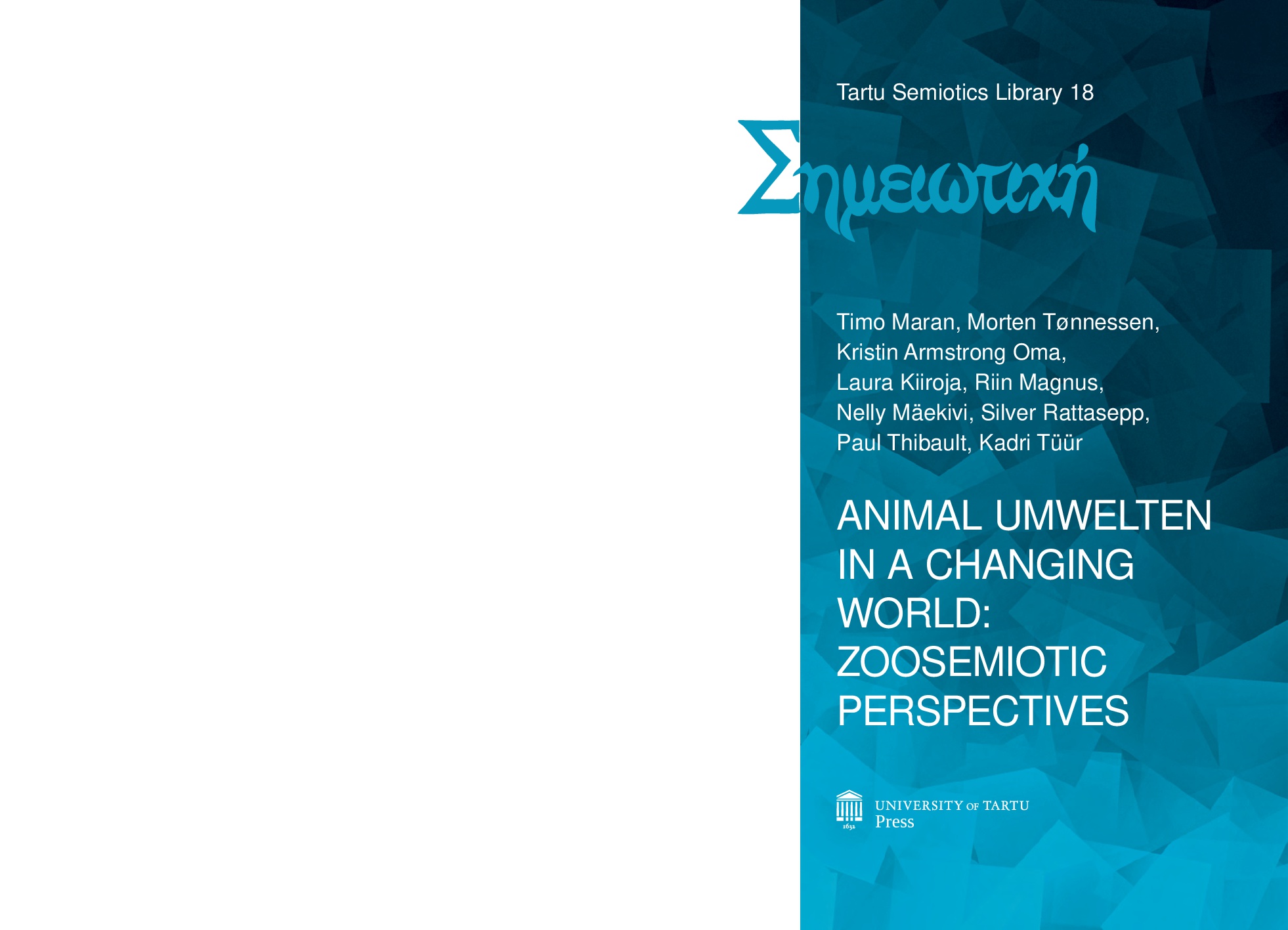Semiotics in animal socialisation with humans
Semiotics in animal socialisation with humans
Author(s): Laura KiirojaSubject(s): Psychology, Semiotics / Semiology, Sociobiology, Environmental interactions
Published by: Tartu Ülikooli Kirjastus
Summary/Abstract: The article explains the essence of the highly semiotic process of socialisation of wild captive animals with humans for animal welfare purposes. Although there are many more nuances about the methods of socialisation not discussed in this article, the main semiotic methods of socialisation were brought to light. When approaching the phenomenon in question from the perspective of umwelt theory, it becomes clear that socialisation is the process of reducing the animal’s fear of humans with an ultimate goal of reconstructing the animal’s umwelt by changing man’s meaning-carrier of enemy into the meaning-carrier of social partner. It has the most favourable effect on animal welfare if the animal is generally socialised so that the process includes reducing the animal’s fear and improving its perception of unfamiliar people (including zoo visitors). As a result, the animal will feel more comfortable living in a human environment and exhibiting its full range of behaviour in the presence of humans (Addams, Miller 2007: 10). The level of socialisation considered adequate in this article requires the animal’s social imprinting on humans (possible to achieve by hand-raising a litter of animals during their “critical period” of imprinting), taming via methods beneficial to building positive trust-based human–animal relationships, and in many cases (for example in zoos), habituation to unfamiliar people. It is important to understand that socialisation is a lifelong process that depends on continuous, positive human–animal interactions. The latter is only possible when the communication between a man and an animal is efficient. Therefore, profound insight into the animal’s species-specific behaviour and different aspects of interspecific communication (including codes, channels and contexts) is required. All things considered, socialisation is ontologically a semiotic process that requires a constant awareness of the semiotic aspects in the animal’s umwelt.
Journal: Tartu Semiotics Library
- Issue Year: 2016
- Issue No: 18
- Page Range: 184-205
- Page Count: 22
- Language: English
- Content File-PDF

